The 2-cup Pipeline Pig with Brushes combines efficiency and thoroughness in pipeline maintenance. It features two rubber cups and integrated brushes. These elements work together to scrape and sweep debris from inside the pipeline. This design ensures a cleaner pipe with every pass, enhancing the overall flow and preventing clogs.
This pig is ideal for various pipeline systems, adapting to different diameters and bends. Its flexible structure allows it to navigate through complex pipeline routes easily. Operators prefer this model for its durability and excellent cleaning capabilities. It’s a reliable choice for maintaining clear, functional pipelines in any industry.
Pig wire brush installation method
Preparation
Before installing the pig wire brush, you need to prepare the corresponding materials and equipment, including pig, wire brush, screws, wrenches, rubber gloves, etc.
Installation Steps
1. Place the pig on the pipe to be cleaned, ensuring that the pig can completely cover the pipe opening.
2. Take out the wire brush, install the wire brush on the tail of the pig, and fix it with screws.
3. According to needs, you can use a wrench to adjust the Angle and depth of the wire brush to adapt to the cleaning needs of different pipelines.
4. Ensure that the wire brush is closely fitted to the pipe wall to avoid the danger of the wire brush loosening or falling off.
5. After installing the wire brush, wear rubber gloves, open the faucet of the pig, and test the working effect and stability of the pig.
Precautions
- Always wear rubber gloves when handling the pig wire brush to avoid scratches.
- Choose and place the wire brush carefully to ensure safety and cleaning effectiveness.
- Don’t use too much force during cleaning to prevent damage to the pipeline or pig. Always keep the area well-ventilated to avoid harmful gases.
- Clean and store the pig and wire brush in a dry place after use to prevent rust and bacterial growth.
Accessories of Pipeline Pig
| Electronic Transmitter | |
| Continuous working time | 20~150 hours (long standby 360 hours) |
| Allowable medium temperature | -20~+65℃ |
| Medium pressure | 2.5~10MPA |
| Impact resistance | 7g |
| Power supply voltage | DC3-15V(high energy lithium-ion battery or dry battery, non-rechargeable) |
| Electronic Receiver | |
| Continuous working time | 100 hours |
| Receiving distance (air) | ≧18m (long distance 60m) |
| Effective detection distance | ≧5m (long distance 20 meters) |
| Positioning accuracy | ≦0.3m |
| Power supply voltage | DC6V(5# dry battery 4) |
| Electronic Passage Indicator | |
| Continuous working time | 100 hours |
| Receiving distance (air) | ≧15m |
| Effective detection distance | ≧5m |
| Positioning accuracy | ≦0.1m |
| Power supply voltage | DC6V(5# dry battery 4) |
| Pipeline Passage Indicator | |
| Continuous working time | 100 hours |
| Receiving distance (air) | ≧15m |
| Effective detection distance | ≧5m |
| Positioning accuracy | ≦0.3m |
| Power supply voltage | DC6V(5# dry battery 4) |
Applications of Pipeline Pig
Pipeline pigs are special tools that help keep pipelines clean and working well. They travel inside pipelines, pushing out dirt, rust, and other junk that can block or damage them. This cleaning helps make sure oil, gas, and water flow smoothly without any problems.
Pigs also help check the inside of pipelines for any cracks or damage. They can carry sensors that gather information about the pipeline’s condition. This is important to prevent leaks or big breaks that can be harmful and expensive to fix. Using pigs saves a lot of money and keeps pipelines safe and efficient. They’re a smart way to take care of long stretches of pipelines without having to dig them up or take them apart.
Skeleton Materials
Carbon Steel
Carbon steel is primarily an alloy of iron and carbon, with a carbon content of up to 2.5%. It is praised for its strength and hardness, making it ideal for constructing buildings, bridges, and pipelines. This type of steel is very versatile and cost-effective, which makes it a favorable choice for many heavy-duty applications. However, carbon steel is more prone to corrosion if not properly treated or maintained, limiting its use in environments exposed to moisture or chemicals.
Carbon steel also comes in different grades which help to identify its specific properties and suitability for jobs:
10XX Series (e.g., 1018, 1045, 1050): These are basic carbon steels with up to 1.00% manganese. They are not modified with sulfur.
11XX Series (e.g., 1117, 1141, 1144): These steels are modified with sulfur to enhance machinability.
12XX Series (e.g., 12L14, 1215): These steels are further modified with phosphorus and sulfur for even better machinability.
Stainless Steel
Stainless steel, on the other hand, includes elements like chromium, nickel, and molybdenum, which give it a notable resistance to rust and corrosion. This makes stainless steel perfect for use in harsh, corrosive environments such as kitchen appliances, medical instruments, and marine hardware. Although it is generally more expensive than carbon steel, its longevity and resistance to corrosion provide value over time, making it a cost-effective choice for long-term projects. Stainless steel is also appreciated for its aesthetic appeal, which is why it is often used in consumer goods and architectural projects.


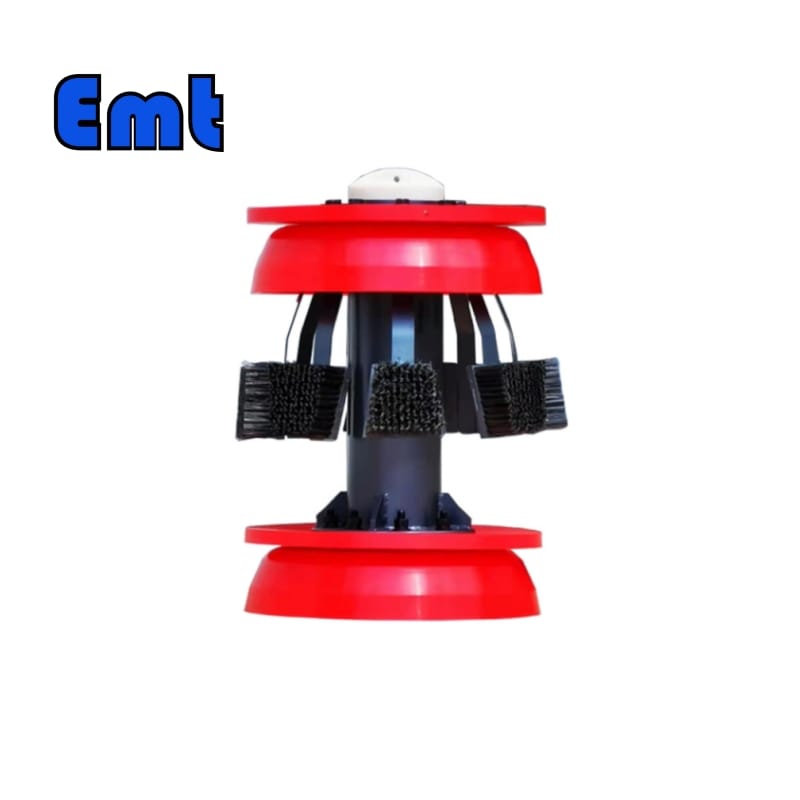
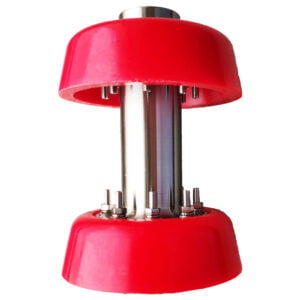
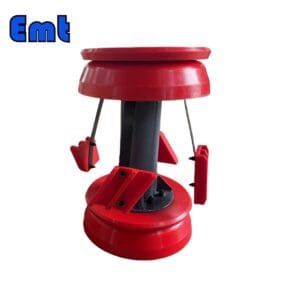
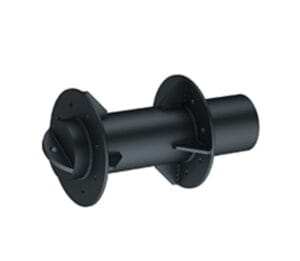
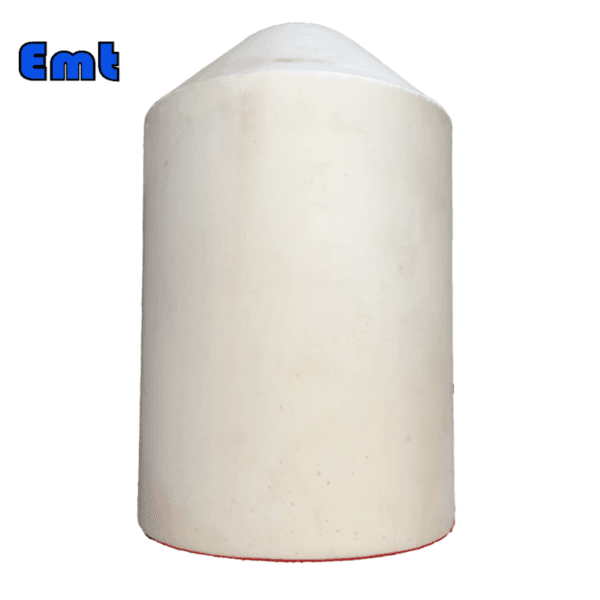

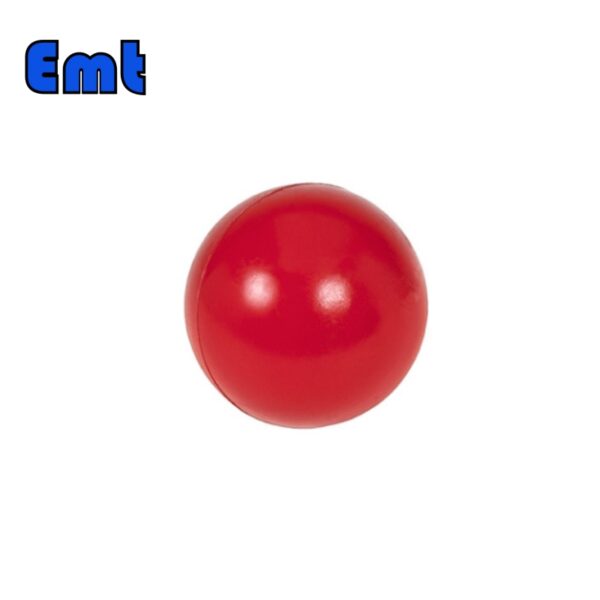
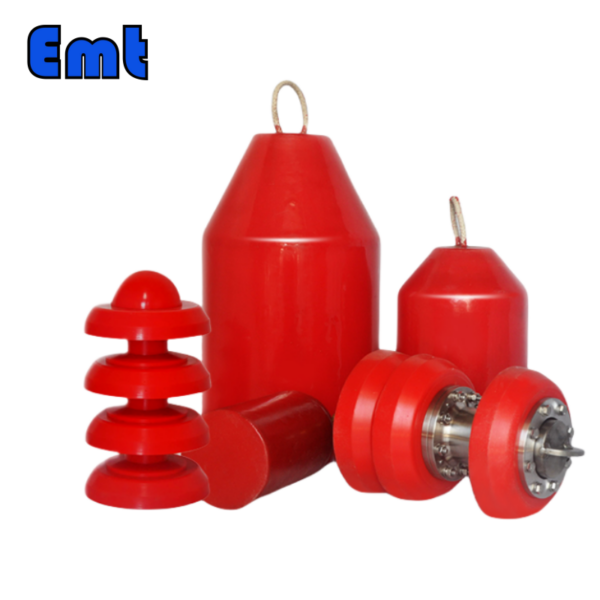
There are no reviews yet.